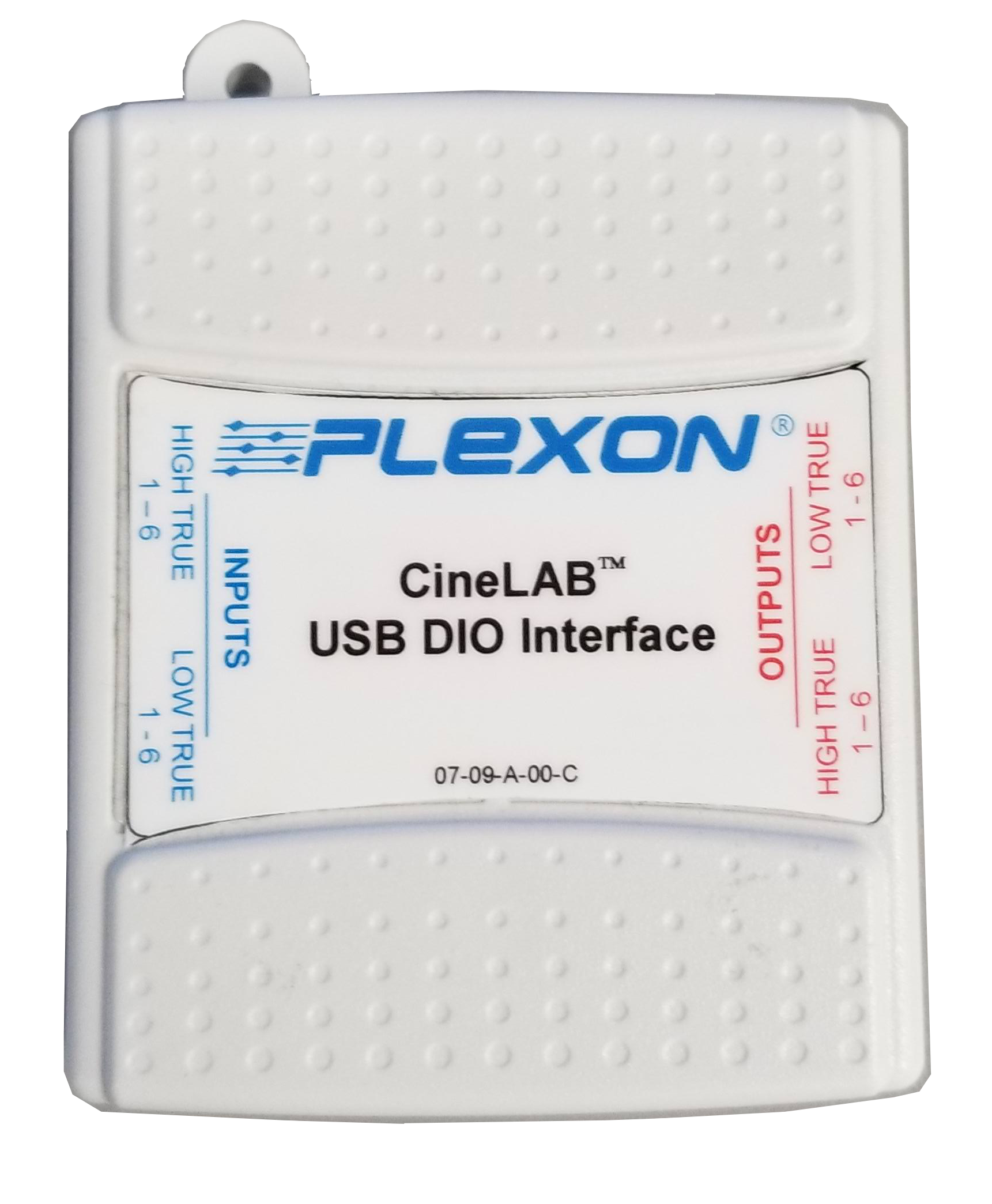Integrate Behavioral Tracking and Optogenetics
Optogenetics has revolutionized neuroscience research by allowing high temporal control of specific neuron populations with light stimulation. A major advantage of this technique is that optogenetic stimulation can be applied under time-specific conditions in a behavioral task, such as the delivery of a conditioned stimulus light cue or when the subject displays a behavior of interest.

Quickly Set up your Optogenetics and Behavioral Experiment
CineLyzer and PlexBright make it easy to conduct such experiments by combining real-time video tracking with LED light delivery. We provide all the necessary components and cables to seamlessly integrate the two systems. Simply:
- Connect your CineLyzer DIO device to your computer via USB
- Connect the specialized DIO bare wire cable to the DIO device and 4 channel controller
3. Set up an Event in CineLyzer for a specific behavior
The CineLyzer video tracking software can be customized to support experiments such as:
Real-Time Place Preference/Aversion –
Use the Events function to pair one side of a two-sided chamber with optogenetic stimulation. Observe whether the animal develops a preference, or aversion, for one side of the chamber versus the other side.
T-Maze
The T-maze task is often used to assess working memory function in rodents. The animal must remember which arm of the T-shaped apparatus was visited last and choose the opposite arm in a subsequent trial to receive a reward. Use the Events function to trigger an LED stimulus whenever the animal enters into the stem of the maze, before an arm choice is made. See if the stimulation affects choice behavior.
Open Field
Rodents must weigh the benefits of exploring a new environment with the risks of exposing themselves to potential predators. Variance in this behavior is used to infer anxiety states. A way to assay anxiety-like behavior is to measure the amount of time spent exploring the center versus the periphery of an open field apparatus. Anxious animals will spend a greater proportion of their exploratory time in the periphery compared to the center compared to less-anxious animals. See how pairing optogenetic stimulation when the animal enters the center of an apparatus affects exploratory behavior.
Social Interaction
CineLyzer’s unique color markers and dynamic zones tracking allow you to set up a trackable radius around moving objects. When one object comes within a the specified radius of another object, such as when two animals are interacting with each other, a TTL pulse may be delivered to the 4 channel controller. Observe how social interactions evolve with optogenetic stimulation during these tracked proximity events.



